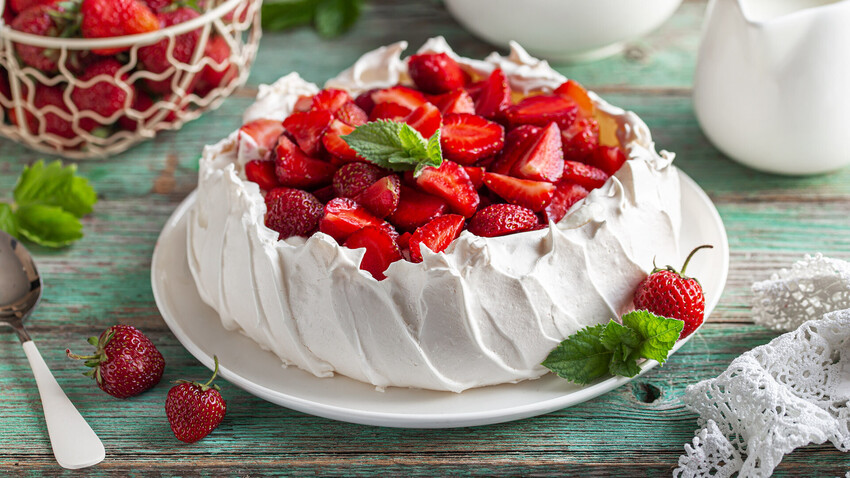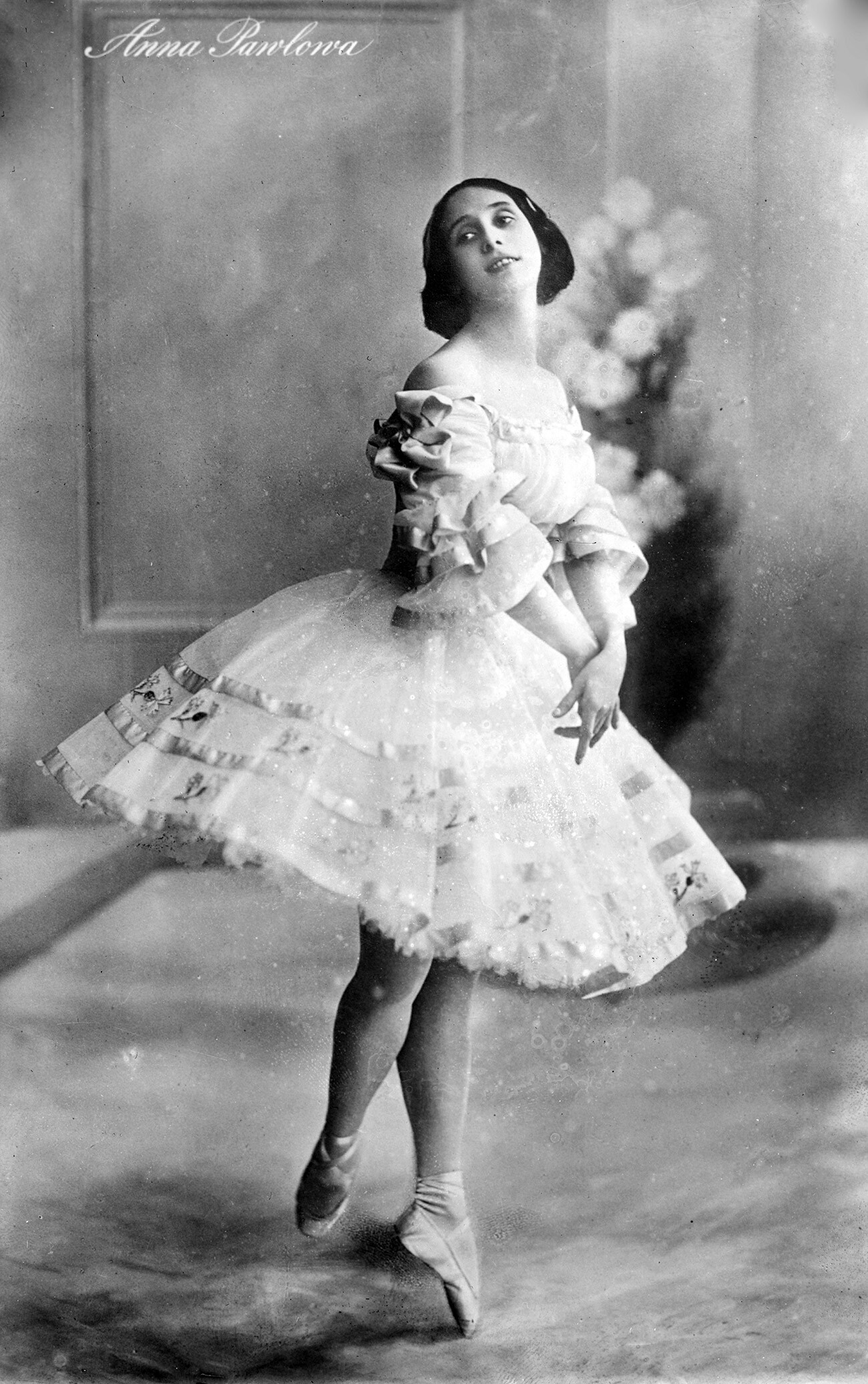
White, airy meringue, whipped cream and fresh berries are the main features of the famous 'Pavlova' dessert. Some confectioners prefer to prepare it in the form of a cake, others as individual mini cakes ('baby pavlovas').
The history of its appearance is connected with Russian ballerina Anna Pavlova’s New Zealand and Australia tour in 1926. By that time, she had already managed to perform leading roles in the ballets 'La Bayadere', 'Giselle' and 'Swan Lake', while also becoming famous in the choreographic miniature 'The Swan' (later it was renamed 'The Dying Swan').

Anna Pavlova.
Public domainDuring her tour in New Zealand, the pastry chef of a Wellington hotel was so inspired by the ballerina's airy outfits that he decided to embody them in a new “snow-white” dessert.
According to another version, in 1935, already after the ballerina's death, a confectioner named Bert Sachet from Australia invented a new cake – which was "as airy as the ballerina Pavlova". And the name stuck with the cake. Since then, confectioners around the world have been trying to reproduce the grace and lightness of the dancer in their own way – experts count more than 600 different variations of the 'Pavlova' dessert!
Dear readers,
Our website and social media accounts are under threat of being restricted or banned, due to the current circumstances. So, to keep up with our latest content, simply do the following:
Subscribe to our Telegram channels: Russia Beyond and The Russian Kitchen
Subscribe to our weekly email newsletter
Enable push notifications on our website
Install a VPN service on your computer and/or phone to have access to our website, even if it is blocked in your country
If using any of Russia Beyond's content, partly or in full, always provide an active hyperlink to the original material.
Subscribe
to our newsletter!
Get the week's best stories straight to your inbox